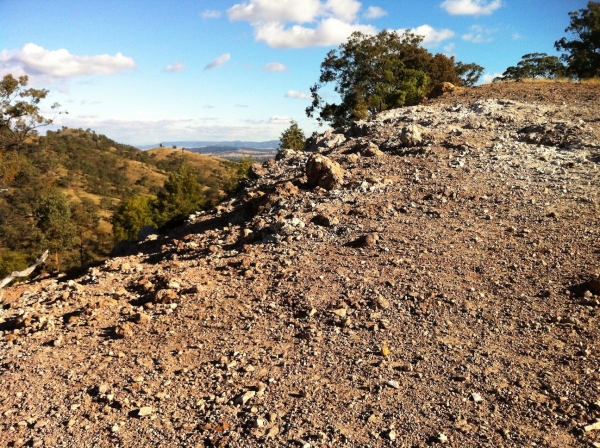Making the Most of Mountain Soil

High altitude soils vary so greatly that it is hopeless to generalize about the physical properties and nutrition in them. The soil of a mountain ridge top may be rocky, shallow, and alkaline, but the valleys below that ridge may be loamy, deep and acidic. Mountain gardeners will find their soil sufficient to grow area native plants, while non-native plants don’t thrive. Gardeners who wish to use non-native plants are advised to get a soil test and then gradually make soil improvements based on the test results. Over time, amendments mixed into soil and mulches applied on top of the soil create a soil ecosystem that promotes deeply-rooted plants capable of surviving our temperature extremes and drying winds.
Soil Amending
Soil amendments improve the physical properties of soils by:
• increasing aeration
• increasing water infiltration and drainage
• increasing nutrient-holding capacity of soil
Because Colorado soils are naturally low in organic matter, organic soil amendments such as compost are a good choice. Microorganisms in compost increase soil tilth and make nutrients available to the plants. If soil has less than 3% to 5% organic matter, lay 1-1/4 inches of organic matter on top of the soil and cultivate in thoroughly. Repeat every year. More than that in a year may add too much salt to the soil.
Mulching
Organic mulches provide plant protection and improve soil by:
• improving aeration and water-holding capacity of the soil
• suppressing garden weeds
• conserving water by reducing evaporation
• protecting shallow-rooted plants from freezing and frost heaves
• reducing soil erosion
• breaking down slowly without depleting soil nitrogen
• preventing soil compaction
Wood chips, readily available in the mountains where many home-owners these days are thinning trees for forest health and fire mitigation, make ideal mulch around plants or as a surface material for paths. Apply a two- to four-inch layer of wood chips on top of the soil at any time of the year, and apply more mulch each year to renew the proper depth. Pull back six inches from the base of trees and shrubs, three inches from flowers.
Consult your Colorado State University Cooperative Extension office or commercial laboratories about soil tests to determine what kind of soil you have and recommended amendments and fertilizers. CSU Cooperative Extension has several fact sheets available with more details on understanding soil problems and choosing amendments and mulches.

Facebook comments